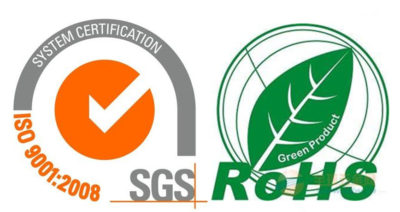Air drying is a key step in industrial gas treatment. The presence of moisture may cause equipment corrosion, product deterioration or process failure. Activated alumina, as an efficient and economical adsorbent, is widely used in the drying of compressed air, industrial gases and refrigeration systems.
Drying principle of activated alumina
Activated alumina is a porous alumina with a high specific surface area and rich microporous structure, which can capture water molecules through physical adsorption and capillary condensation. Its drying process is as follows:
- Adsorption stage: wet air passes through the adsorption bed, and water molecules are adsorbed by the micropores of activated alumina.
- Regeneration stage: after adsorption saturation, water is desorbed by heating or reducing pressure to restore adsorption capacity.
Main application areas
(1) Compressed air drying
- Adsorption dryer: Activated alumina is used as the core filler to remove moisture from compressed air and prevent:
o Corrosion of pneumatic components
o Accumulation of condensed water in pipelines
o Contamination of instrument air sources
- Replacement for silica gel: Compared with silica gel, activated alumina has stronger wear resistance and longer life, and is suitable for high-flow compressed air systems.
(2) Industrial gas purification
- Nitrogen/oxygen production system: Protect molecular sieves and improve gas purity (such as reaching 99.999% nitrogen).
- Hydrogen/natural gas drying: Prevent water vapor from causing hydrogen embrittlement or reduced combustion efficiency.
- Chemical process gas: Dehydration of chlorine, carbon dioxide, and liquefied petroleum gas.
(3) Refrigeration system drying
- Refrigerant dehydration: Avoid ice blockage and extend the life of the compressor.
- Freeze dryer: Used for ultra-low dew point gas supply in the pharmaceutical and food industries.
(4) Electronic and laboratory gases
- Semiconductor manufacturing, laser cutting, etc. require ultra-dry gases, which are often used in conjunction with molecular sieves.
Unique advantages of activated alumina
| characteristic | Advantages |
| High water absorption | Static water absorption≥20%。 |
| High mechanical strength | Crushing strength≥100N/ Pellet,reduce chalking and extend service life. |
| Good thermal stability | High temperature resistant, suitable for thermal regeneration drying system. |
| Renewability | It can desorb moisture by heating to 180~250℃ and can be reused for 3~5 years, reducing operating costs. |
| Acid resistance | Some models are resistant to H₂S and SO₂ and are suitable for drying corrosive gases in the chemical industry. |
Activated alumina has become the preferred material for industrial air drying due to its high adsorption capacity, long life, and low-cost regeneration. For different application scenarios:
- Ordinary compressed air: Activated alumina alone can meet the -40℃ dew point requirement.
- Ultra-low dew point gas (below -70℃): Molecular sieves must be used in combination.
- Corrosive gas: Choose acid-resistant modified models.
Reasonable selection and standardized maintenance can maximize its performance and significantly reduce the operating cost of the drying system.

